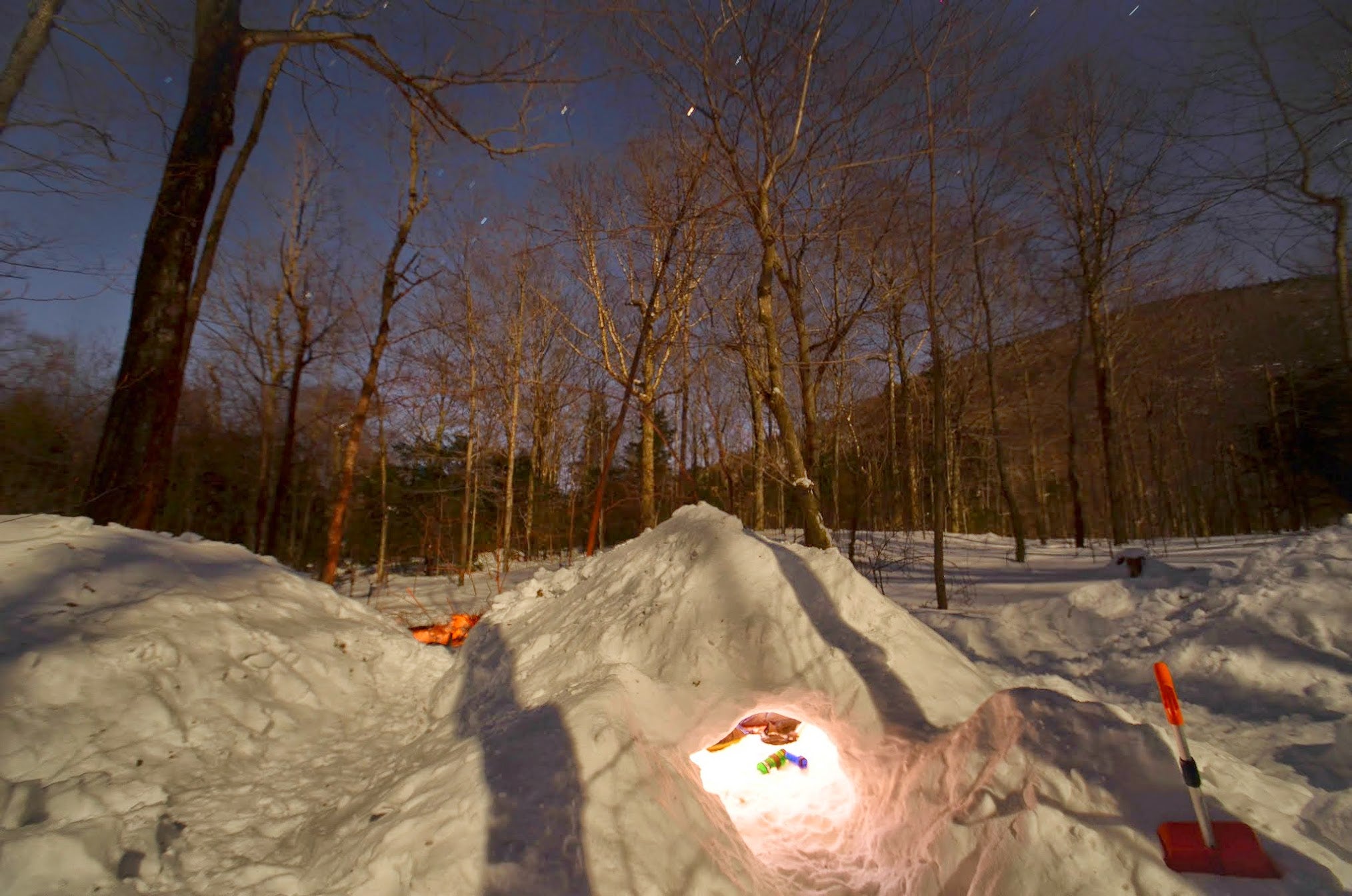Winter Survival Basics

Unexpectedly spending a night in the wilderness is always uncomfortable, and often humbling, but rarely fatal—in spring, summer or fall. In winter, it can be deadly.

We’ll outline a few of the basics for surviving in winter conditions and explain how to bolster your survival kit for nature’s most extreme season.
Winter Strategy vs Summer Strategy
Winter Survival Priorities: Fire and Shelter
While shelter, fire, water, and food are priorities in any survival situation, winter survival pushes fire and shelter to the top of the list. Should you ever find yourself without appropriate overnight gear, knowledge of winter shelter and fire building will greatly improve your chances of survival.
Additional Winter Priorities: Risk and Moisture Management
Adventure in extreme conditions comes with the responsibility of taking fewer risks. Soaking your boots because you were framing a selfie with a frozen river in the background means you’ll be posting frostbite pics from the ER. Which brings us to a second priority in the winter: keeping dry. Not just from rivers and other external water, but primarily from your own sweat. It would do you no good to build a great snow shelter if you’re going to get your clothes soaking wet in the process: we lose heat 25x faster when wet!
Shelter

Fire
A good, though not necessarily huge, fire is essential in a winter survival situation: for warmth, to dry clothes and so much more. To successfully build a fire in winter there are a few additional challenges to overcome, including collecting and igniting wood that has been frozen and buried under feet of snow and and finding a suitable location on which to build your fire when the ground is nowhere to be found!

Preparing the wood: Ideally you should find plenty of soft, pitchy wood (i.e. most conifers, such as hemlock, spruce, fir) to start. Lots and lots. You can figure about 4-5 large arm fulls of varied kindling sizes. This ample, though short-lived, heat will help defrost the fire area and establish a small base of coals on which the hardwood fire is built. Maple, ash, alder, beech, and birch are all fairly common hardwoods in the Catskills below 3500’. Begin with kindling sized hardwood to start and the add progressively larger pieces as your fire increases in heat. A well built fire will consume about 2 cubic ft of hardwood an hour.
Location: Fire ring—It’s not always possible to find stones to reflect heat, so use existing structure (eg fallen log, boulder) to reflect heat. Also could use reflective blanket. Sometime it’s not possible to dig down to ground level. If so, go as deep as possible and consider using a base of logs on which to build your fire. As your fire grows it will gradually melt the snow beneath and by the time your base of logs ignites, your fire will likely have melted down to ground level.
Comparing Gear for Three Season vs. Winter Survival Kits
|
Purpose |
Three Season |
Winter |
|
Fire Building |
➜matches, magnesium ➜simple wire saw |
➜matches, magnesium, and lighter ➜15” Sven saw ➜firecake, cotton balls soaked in petroleum jelly or similar ➜3-4 tea candles |
|
Shelter |
➜small reflective mylar blanket |
➜small reflective mylar blanket ➜shovel ➜emergency bivy sack |
|
Rescue Signal Device |
➜mirror on compass ➜small reflective mylar blanket |
➜mirror on compass ➜Whistle |
|
Food |
➜hooks, line, sinkers ➜handsaw/snare wire |
➜emergency rations: 1000 cal/person of calorie dense food (Snicker bar, energy gel) |
|
Water Treatment |
➜iodine pills |
➜N/A (Eat Snow!) But not the yellow snow... |
|
Misc |
➜knife ➜spot beacon ➜sewing kit with heavy thread ➜15’ light p-cord |
➜knife ➜spot beacon ➜sewing kit with heavy thread ➜15’ light p-cord ➜stove, fuel, and pot (extreme conditions) |


